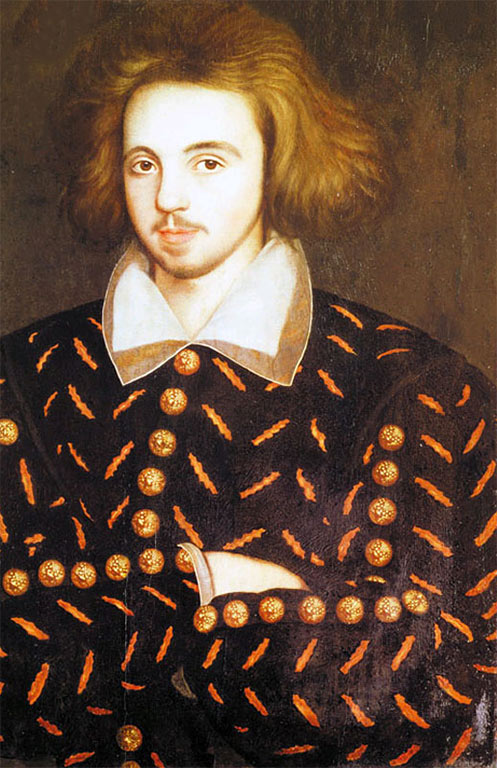
Gaveston was eventually captured and executed as a traitor in 1312.Įdward II was said to be distraught and swore revenge on those who had killed Gaveston. However, the pair were not to be separated and when Edward II allowed Gaveston to return to England, the northern earls attacked, forcing the king, Gaveston and a heavily pregnant Isabella to flee the city. Sign up to British Heritage Travel's daily newsletter here! One chronicler recorded that, “upon looking on him the son of the king immediately felt such love for him that he entered into a covenant of constancy, and bound himself with him before all other mortals with a bond of indissoluble love, firmly drawn up and fastened with a knot”


The closeness between the two men did not go unnoticed at the time. Quite why the King wanted to separate his son from Gaveston is unclear, but as soon as Edward I died in 1307, the two were reunited, whereupon Edward promptly made Gaveston Earl of Cornwall. Devastated to be apart from his favourite, the Prince lavished Gaveston with gifts and accompanied him to Dover to see him off. By 1306, the ageing King Edward I had banished Gaveston to France. Piers Gaveston first appears in the then Prince Edward’s household accounts in 1300, when Edward was 15 and Gaveston not much older. King Edward was married to Isabella of France and while historians are still divided on whether or not his relationship with Piers Gaveston was romantic, a strong relationship has been recorded. Marlowe’s text is heavily suggestive of a romantic relationship between the two men

Ian McKellen and James Laurenson perform a scene between Edward II and Piers Gaveston in a production of Christopher Marlowe’s play about the ill-fated king.


 0 kommentar(er)
0 kommentar(er)
